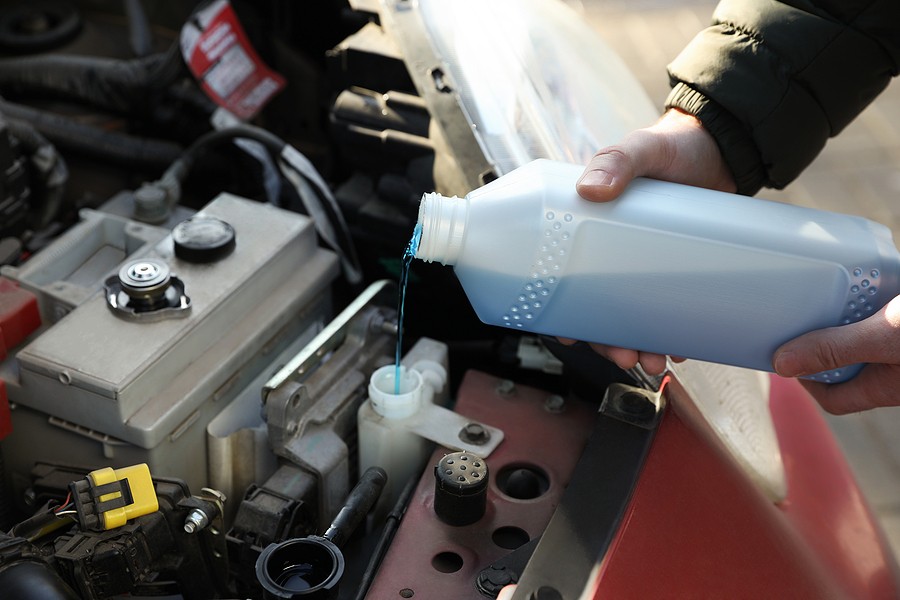If you're searching for “how to know if the coolant is flowing,” here are 12 simple steps:
- Safety precautions
- Park and cool down
- Locate the coolant reservoir
- Check the coolant level
- Start the engine
- Observe the coolant reservoir
- Feel the radiator hoses
- Check the radiator fan
- Use a coolant system pressure test
- Perform a coolant flush if needed
- Monitor temperature
- Check for leaks
Your vehicle's coolant is a critical fluid that you must always maintain. You need to keep up with that quality and quantity and make sure that it's flowing properly around the engine to absorb its excess temperature and prevent engine overheating.
Over time, as coolant gets older, it starts collecting debris and contaminants from around the engine. This allows sediments and contaminants to accumulate and clog the hoses, preventing the coolant from flowing properly around the engine.
Understanding how to determine what is flowing is critical to keep up with the vehicle's health and prevent further damage. Therefore, it is critical for you as a car owner to understand the basic steps you could take to confirm that the Coolant is flowing properly.
This article provides 12 simple steps that could help you check on the coolant and ensure it's flowing properly without needing to consult a mechanic.
How do we know if coolant is flowing?
Determining whether the coolant is flowing is a critical step you need to take whenever you feel that there is any clogging in the hoses. Therefore, some recommendations by automotive experts could help you do the process yourself without needing to get to your mechanic.
Once you confirm an issue with the coolant flow around the engine, you have to address the problem as soon as possible. This might involve consulting your mechanic and replacing the faulty components.
Let's look at these 12 steps to help you answer the question, “How do you know if coolant is flowing?”
1. Safety precautions
Before we move any step further on checking whether the coolant is flowing properly around the engine, you must perform all the required safety precautions so you don't risk burning yourself with the hot coolant.
The first thing you need to do is to ensure that the vehicle is cooled down properly until you can work with this system safely. Typically, automotive experts recommend giving your vehicle about 30 minutes or one hour until it cools down completely.
It would be best if you also got a pair of goggles and proper gloves that protect your face and hands from any potential coolant leaks that might be dangerous.
2. Park and cool down
Choosing a parking area that poses no risks to you or the people around you would be best. Most experts recommend working in your garage or driveway while ensuring no pets or kids are around you.
Although the process will not involve many risks, you must be careful, and it's safer to stay away from people so you don't risk getting them involved in hot issues or any other complications that might be dangerous for pen be around you.
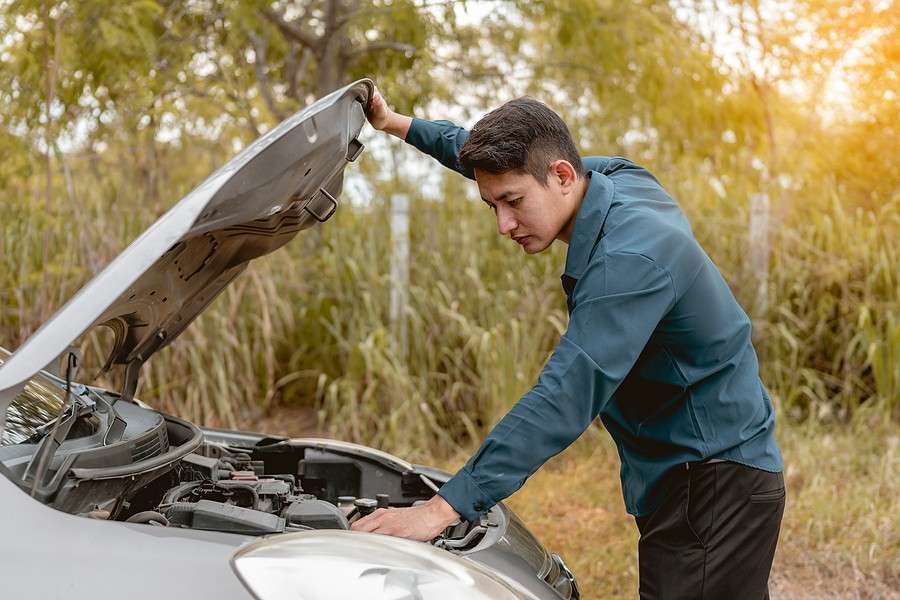
3. Locate the coolant reservoir
Once you're ready to check the coolant level and ensure it's flowing, you must pop up the hood and look for the coolant reservoir. Your vehicle owner manual can help you locate all the different components. Some experts even recommend looking at YouTube videos that could help you identify the location of the Corvair yourself by checking for vehicles similar to yours.
Usually, the coolant reservoir is a transparent reservoir with a fluid inside it. This fluid is usually pink unless it is very old and started collecting a lot of debris and containment, which might change its current fresh color.
4. Check the coolant level
Once you Locate the reservoir, you need to observe it and look for the minimum and maximum mark to help yourself identify the current coolant level. Usually, the coolant level should fall between the minimum and maximum mark, and if it's below the minimum value, you have to top it off immediately.
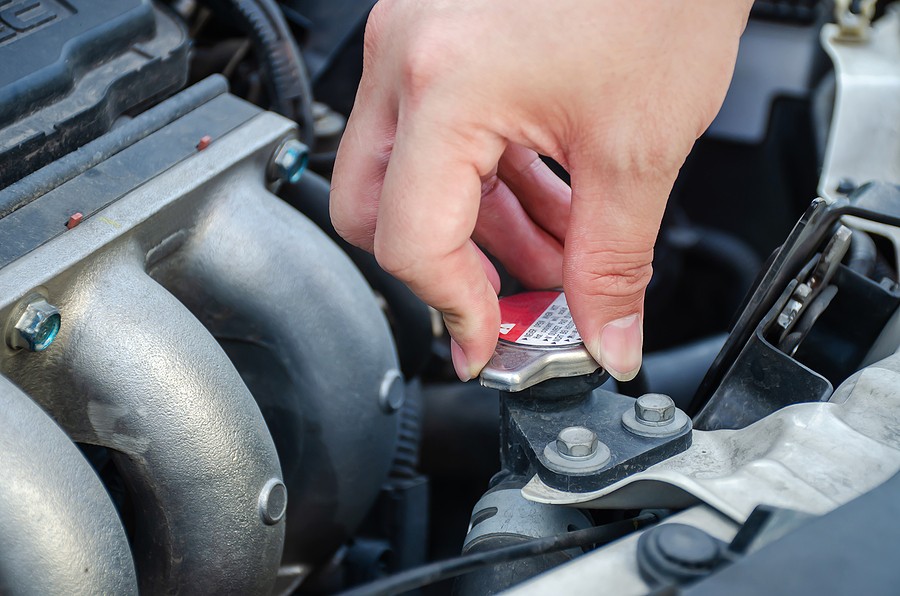
5. Start the engine
You can proceed with the different steps if you confirm that the client is at the optimum level. However, if the court is not at the optimum level, then you'll need to make sure that you top it up to the point where it's recommended.
After that, you need to start the engine because this will help you see and monitor the behavior of the coolant and whether it's flowing through the pathways.
6. Observe the coolant reservoir
After starting the engine, come back to the reservoir and see whether the coolant is moving or transported throughout the pathways. A quick visual inspection should be sufficient to help you identify any behaviors of your current reservoir.
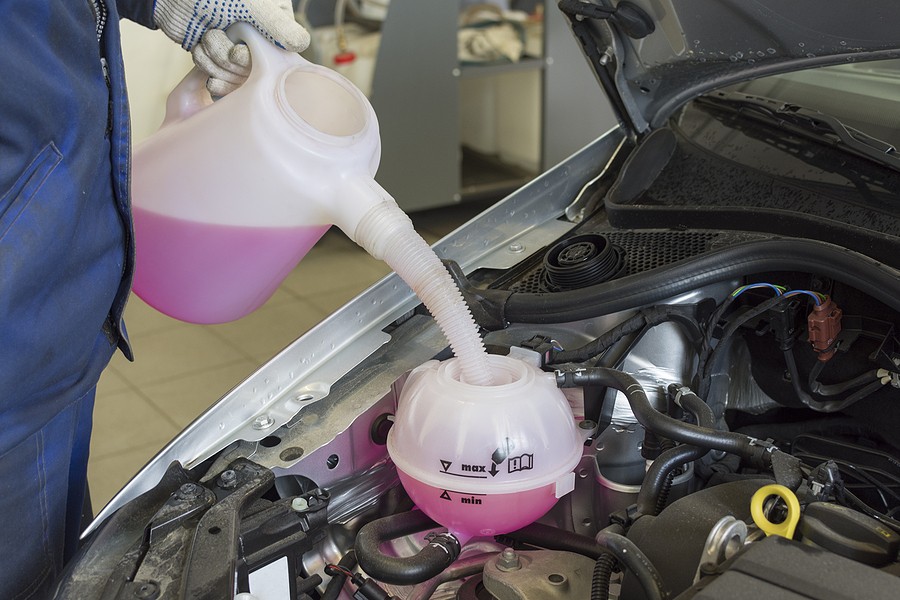
7. Feel the radiator hoses
As the coolants start running around the engine, you'll feel that the radiator hoses should have different temperatures. When the engine is very hot, and as the coolant starts to observe the temperature, the reservoir hoses should get warmer and warmer as the coolant continues to run.
8. Check the radiator fan
Once you confirm that the radiator hoses are getting warm, the next step is to look at the radiator fan. Typically, the fan should start running immediately after the engine gets hot and once the coolant needs to be cooled down.
If you feel the fans are not running immediately, you must replace them with a working one. Otherwise, the coolant will not flow, and you might quickly deal with engine overheating.
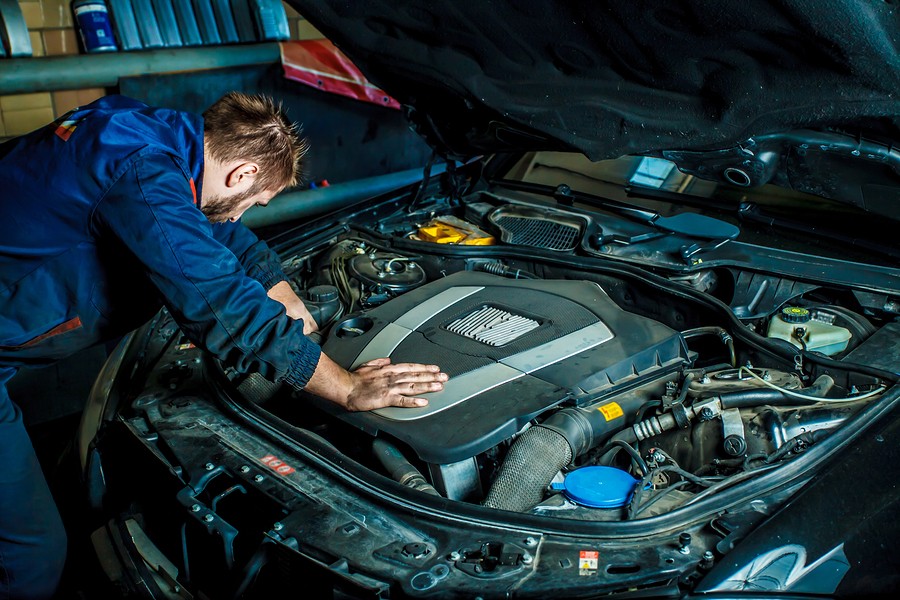
9. Use a coolant system pressure test
Depending on your mechanical skill sets and whether you have the tools, you might want to perform what's known as a coolant system pressure test. This pressure test will determine whether the count is flowing and has the right pressure expected by the user's manual.
If there's any issue with the pressure tests, your mechanic might suggest inspecting the distance further and checking for any potential clogs or accumulated sentiments within the cooling system.
10. Perform a coolant flush if needed
If you're a mechanic who confirms that the coolant is not at the optimum level and the quality is bad, you might be recommended to perform a coolant flush. In this flush, your mechanic will replace the entire coolant outside the system with a fresh one.
The process will not be very complicated and will not take long. Once you choose the right mechanic, you can know how to do it without introducing other problems to the vehicle.
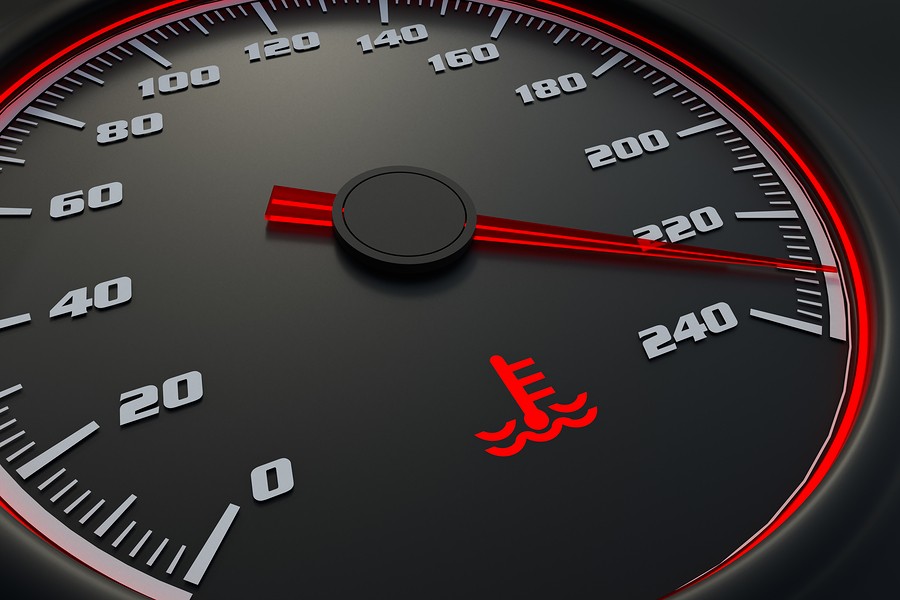
11. Monitor temperature
After flushing the coolant and replacing it with the first one, your vehicle should be ready. Your temperature should be working properly, and the engines won't suffer from overheating. Otherwise, you might need to consult your mechanic to see if anything went wrong or if any other component needs fixing to resolve the issue.
12. Check for leaks
Finally, after confirming that your coolant is flowing back again, you still need to ensure there are no coolant leaks around the weak seals. This could happen if the clogging has been happening for a long time.
If that's the case, your mechanic might need to fix the seals and replace any faulty components that are causing the leak to happen in the first place. This might involve replacing some major components if that's the issue, like the radiator or the water pump.
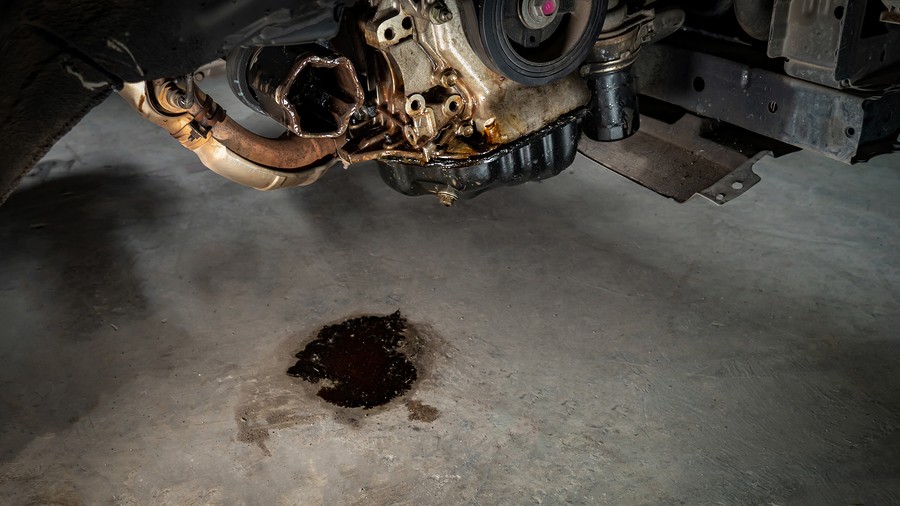
How do we know if coolant is flowing? Conclusion
Ensuring that the coolant is flowing properly around the engine is critical to keeping up with the vehicle's health and preventing engine or heating. If the goal is not flowing and there are clogs in the hoses or the different components, find a problem as soon as possible to prevent further complications that might cost you the entire vehicle.
This article highlighted 12 simple steps that could help you identify potential issues in the current flow around the engine. If that's the case, you can address the problem; otherwise, the vehicle can suffer from complications that can be expensive to fix.
If you confirm that your vehicle is beyond repair, it might be the perfect time to sell it now and buy a better one. If you're interested in selling a vehicle with some issues in the human system, we highly encourage you to call Cash Cars Buyer at 773714363.
If you're interested in similar posts, we highly encourage you to visit our blog by clicking here.

